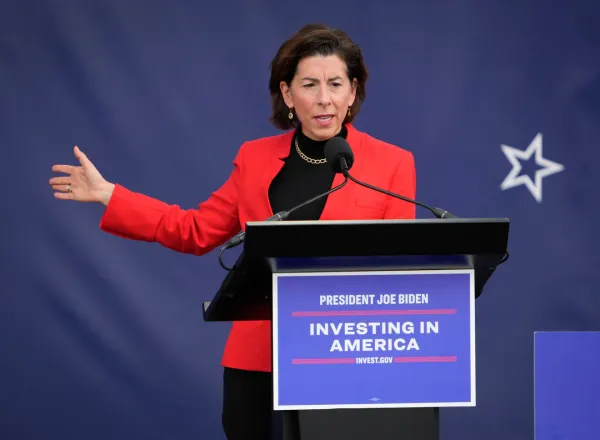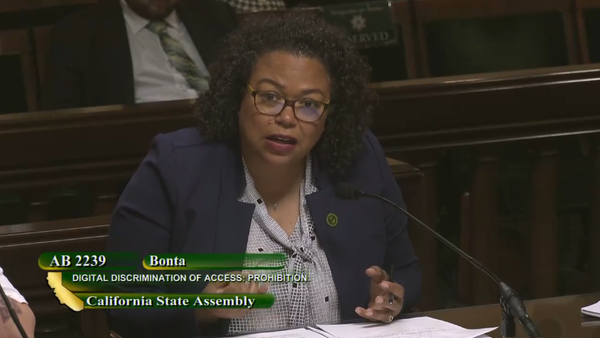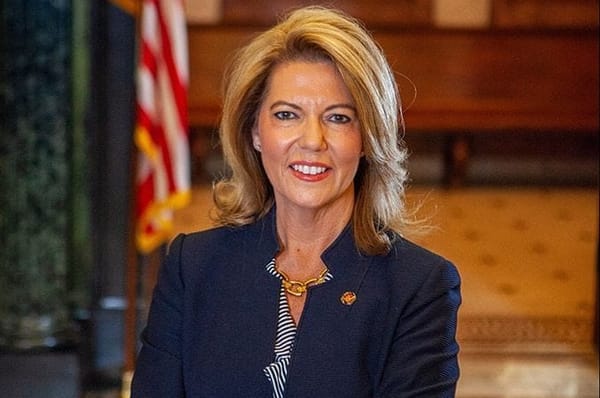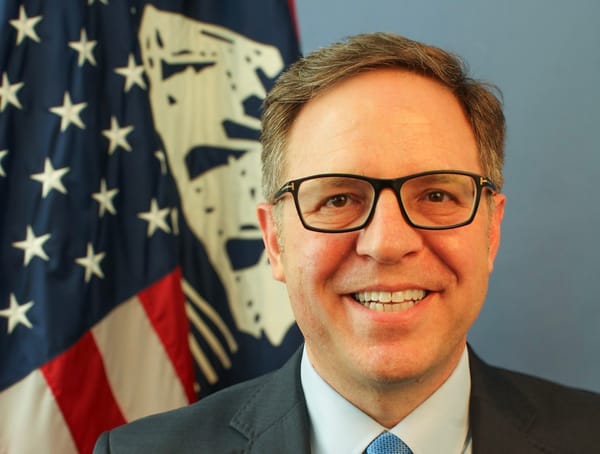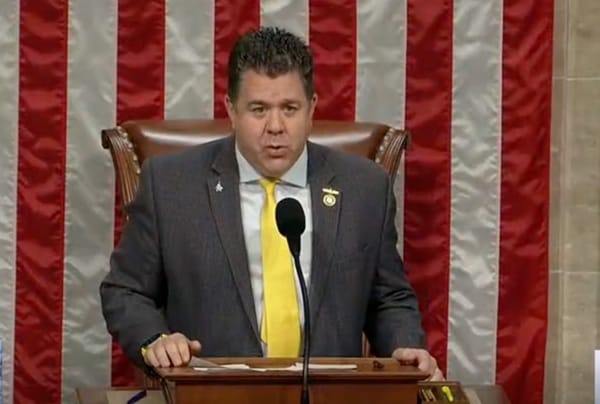Reflections on Broadband Access and Adoption From the Broadband Properties Summit
Now that the heavily attended Broadband Properties Summit in Dallas has passed, it is time to reflect on the overall issues facing broadband access, and adoption, as we move forward with a renewed vigor to reach the goals and objectives set forth in the National Broadband Plan. How will we move forw
Now that the heavily attended Broadband Properties Summit in Dallas has passed, it is time to reflect on the overall issues facing broadband access, and adoption, as we move forward with a renewed vigor to reach the goals and objectives set forth in the National Broadband Plan. How will we move forward and what hurdles lie ahead in meeting that agenda?

- Image via Wikipedia
There seemed to be one underlying theme throughout the conference, how can we formulate a plan to foster collaboration in convincing both public and private sectors to work together for a common goal? How to increase broadband proliferation by investing needed capital resources for new infrastructure, create public/private partnerships; invest in new job creation, while bringing high-speed Internet access to rural and underserved communities?
Most Galvanizing MessageThe most prevalent message was from former Mayor of Fort Wayne, IN., Graham Richard, (Graham Richard Associates, LLC), in which he threw down the gauntlet in championing the mantra that local governments would have to get involved in attracting broadband for their communities; learn more about how high-speed Internet can help their communities to save money, create jobs, while attracting both new and existing businesses to invest in technology for the betterment of all constituencies. This is where he promotes the public/private partnerships that can make broadband happen as a win-win for both sectors.
Most Recurring ThemeSimilar messages were put forth by industry leaders for local leaders, in asking hard questions of their communities about their willingness to work together in creating a consensus from constituents; that broadband would be supported, accepted, and subscribed too, as not only a need, but as an e-economy vehicle in bringing acceptable returns for private investment. Having community acceptance and support is a critical success factor in attracting investors, who must have a return on that investment to provide the highest quality service available.
The Importance of Creating TaskforcesAnother consensus running throughout the conference was a call for local communities to create broadband taskforces with long-term goals and objectives for the future. This will be a key element in the success or failure of communities in taking advantage of an e-economy, therefore being able to tap into the benefits of broadband proliferation. These taskforces will make the difference for creating a legitimate business case for broadband. The taskforce must include all parties involved from private sector businesses, local governments, state technology alliances, state government leaders, and national leaders in making that concerted effort to formulate a viable plan.
Community support is vital for the success of the plan in which all constituents must come together and collaborate to make this happen. It cannot come to fruition without every citizen being involved in that support; either through serving on the taskforce, committing to subscribe, recruiting infrastructure builders, or attracting business partners for those goals.
Summit Roundtable CreationLast but not least, the creation by Graham Richard of a small group of interested constituents in seeing the future benefits of broadband come to rural communities, and how it can help those communities improve services; to include e-healthcare, e-education, saving money on services offered through broadband e-technology, and attracting new businesses and keeping existing businesses solvent. It is a tall gauntlet Mayor Richard has thrown down as a challenge for all constituents involved, to get involved through collaboration and communication in moving the agenda forward.

![Reblog this post [with Zemanta]](https://img.zemanta.com/reblog_b.png)
